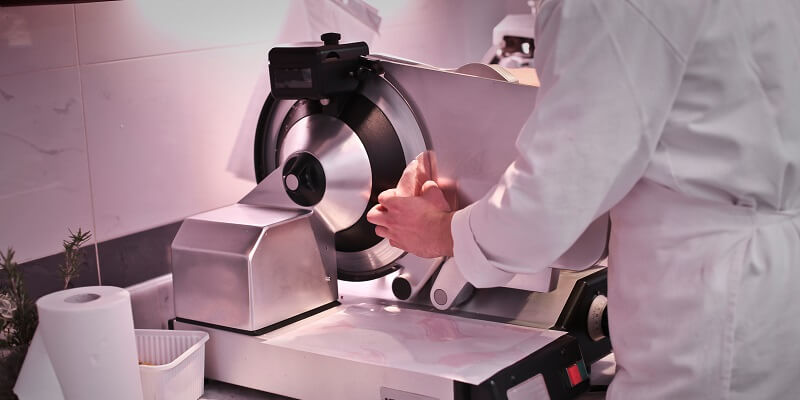Employee injuries in the workplace can have devastating consequences not only on their physical well-being but also on their mental health. Workers’ compensation is designed to protect employees by providing benefits for lost wages, medical expenses, and rehabilitation costs resulting from workplace injuries. In the case of a California meat processing worker employed by Smithfield Foods, Inc., a workers’ compensation judge had to determine whether the employee’s physical injury was catastrophic and if she was entitled to additional benefits for her psychiatric injury.
Smithfield Foods, Inc. is a popular meat processing company located in California. The case involves an employee who was injured when she allegedly cut her fingers on a meat cutting machine in April 2019. After the incident, the employee sought medical treatment and filed for workers’ compensation, claiming that her injury was a result of her work duties.
The applicant’s physical and psychiatric injuries
According to medical reports, the applicant suffered from symptoms of apathy, irritability, despondency, sleep problems, and ongoing pain as a result of her work injury. The injury not only affected her physically but also led to significant mental health issues. Her psychiatric injury was compensable under Section 3208.3 of California’s Labor Code.
The initial decision and award
Following a workers’ compensation hearing, the workers’ compensation administrative law judge awarded the applicant permanent disability benefits totaling $58,290. The award was intended to cover the employee’s medical expenses, lost wages, and rehabilitation costs.
Evaluation of the Applicant’s Physical Injury
A workers’ compensation judge should evaluate the evidence against relevant factors to decide whether an employee’s physical injury is catastrophic. A catastrophic injury is one that causes long-term impairment, multiple surgeries, or significant limitation of normal activities. Upon evaluation of the evidence, the judge determined that the applicant’s physical injury was not catastrophic since she returned to her employment, worked full-time, and performed her tasks independently.
The applicant requested reconsideration despite the initial award. The employee was not satisfied and centered her request on the fact that her injury was far more severe than initially determined. She believed her physical injury was catastrophic and that she deserved more compensation.
The decision of the Workers’ Compensation Appeals Board
A panel of the Workers’ Compensation Appeals Board of California reviewed the case and issued a decision to return the matter to the trial level for further proceedings. The judges agreed that the case had not been fully explored, and additional evidence needed to be presented at trial. The decision to remand the case was based on the need for more medical evidence and testimony to be presented regarding the severity of the employee’s injury.
The workers’ compensation system is designed to protect employees who have sustained injuries while performing their job duties. In this particular case, the employee will be given another opportunity to present additional evidence concerning the severity of her injury. The outcome of the proceedings will determine whether she is entitled to additional compensation for her injuries. It is clear that injuries in the workplace can have long-term consequences, and injury victims should be adequately compensated to help them deal with the physical, emotional, and financial burdens associated with workplace injuries.

